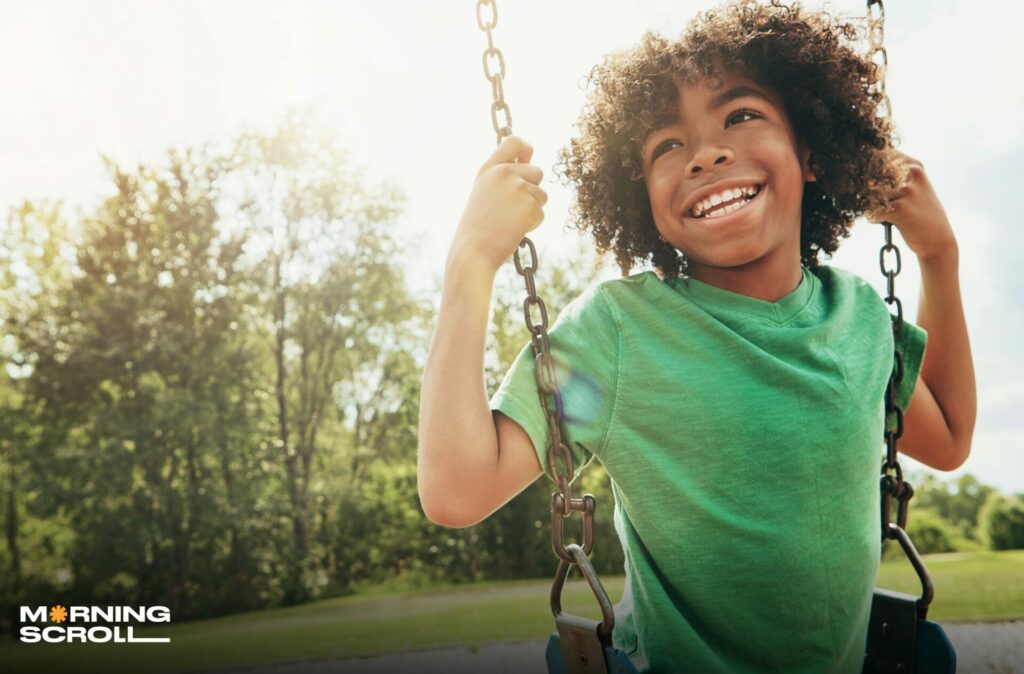Yoga, which is generally connected with relaxation and mindfulness, is becoming attractive among people of all ages, including children. This ancient practice provides multiple benefits to young minds and bodies, including physical, mental, and emotional well-being. Let’s look at the benefits of include yoga in your child’s routine.
1- Physical Benefits:

- Improved Flexibility and Strength: Yoga positions stretch and strengthen muscles, increasing coordination and balance.
- Enhanced Posture: Regular practice can help youngsters develop strong posture, lowering their risk of back discomfort and other musculoskeletal difficulties.
2- Mental and Emotional Benefits:

- Stress Reduction and Anxiety Management: Deep breathing and meditation are yoga practices that can help children properly manage stress and anxiety.
- Improved Focus and Concentration: Yoga may help you focus and concentrate by training you how to breathe mindfully and be present in the moment.
- Enhanced Self-Esteem: Learning yoga postures and mastering new abilities may increase a child’s self-confidence and self-esteem.
- Emotional Intelligence Development: Yoga can help youngsters develop empathy, comprehension, and self-awareness.
3- How to Introduce Yoga to Your Child:

- Begin Slow and Fun: Begin with simple poses and games that make yoga entertaining for youngsters.
- Find a Kid-Friendly Teacher: Look for a yoga instructor that specializes in teaching children and can lead entertaining and participatory classes.
- Practice at Home: Include brief yoga practices in your child’s everyday routine.
- Make it a Family Activity: To foster family togetherness, practice yoga together.
You are investing in your child’s overall well-being by including yoga into their daily routine. Yoga takes a comprehensive approach to health, encouraging physical, mental, and emotional growth. So, let’s roll out the mats and start a yoga adventure with your kids!


